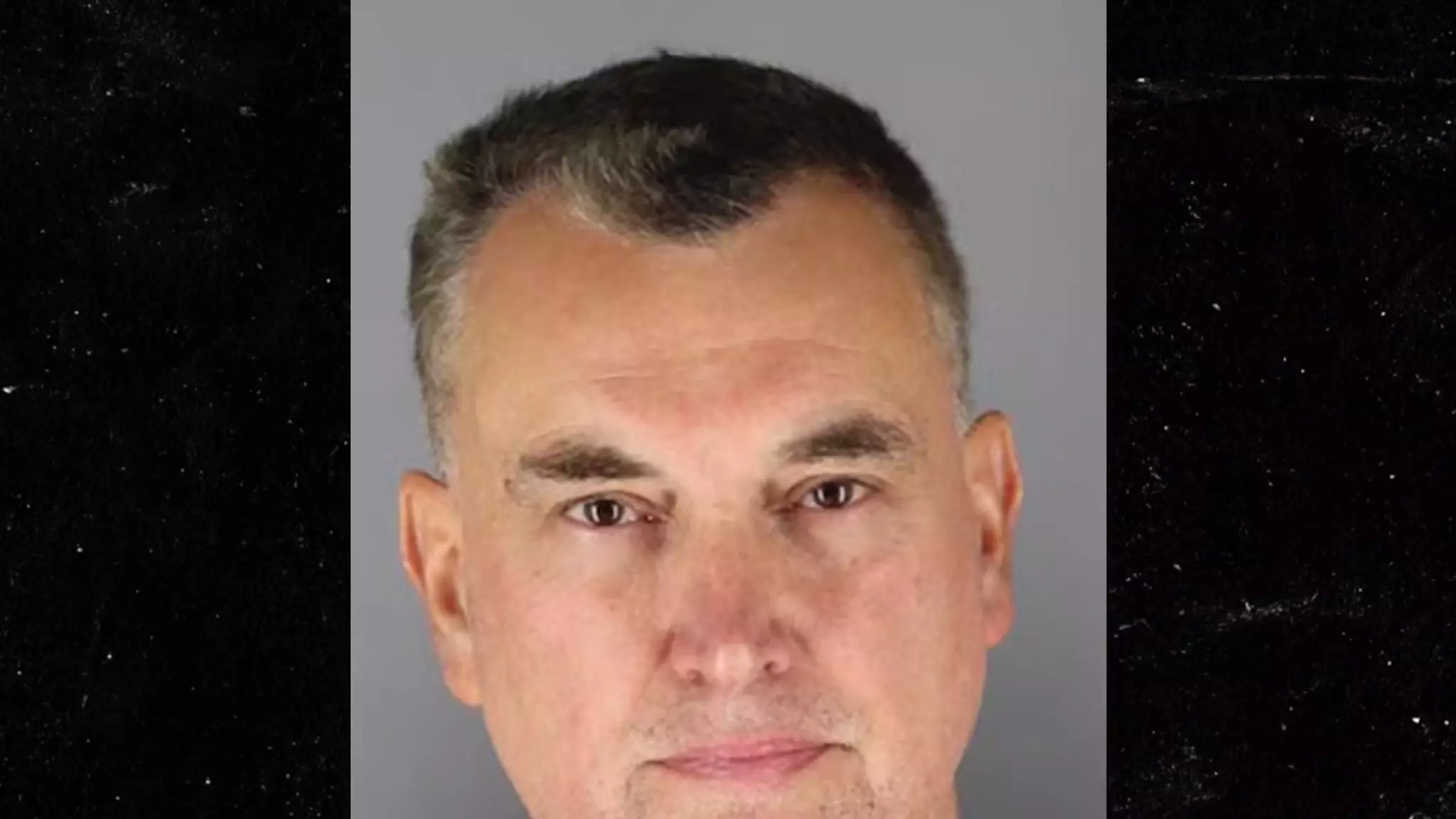The recent revelations from Vance Boelter, the man accused of targeting Minnesota politicians, cast serious doubts on the straightforward narrative often presented by law enforcement. While authorities have emphasized political motives—linking the shooting to partisan conflicts—Boelter’s own statements suggest that the true story might be far more complex and possibly concealed behind layers of secrecy. His assertion that it “didn’t involve either the Trump stuff or pro-life” indicates an attempt to distance himself from specific political associations, prompting skepticism about whether the motivations were ideological or personal.
This divergence raises critical questions: Why would law enforcement or the media emphasize a political motive if the individual himself denies it? Could there be a disconnect between what the public is told and the actual circumstances leading up to the attack? Such discrepancies should inspire scrutiny, urging us to consider whether the narrative is shaped to serve particular interests, rather than truly uncovering the underlying motives.
Unveiling Possible Conspiracies and Suppressed Details
Boelter hints at a “larger conspiracy” and promises the public that “more information will come out,” albeit with the caveat of government secrecy. This statement insinuates that there might be a bigger story behind the shootings—a story that authorities or insiders possibly wish to keep under wraps. When someone in custody claims that critical details in a supposed hit list or letter were not released to the public, it suggests that selective information dissemination might be obscuring important truths.
The fact that Boelter managed to dress as a police officer to gain entry into the homes of lawmakers reveals a disturbing level of premeditation and ingenuity. This detail not only emphasizes his intent but hints at potential gaps in security measures and investigative transparency. If there are undisclosed elements to his story, it’s imperative that the public remain skeptical and demand full transparency. Whose interests are served by keeping certain aspects of the case under wraps? This question is vital in assessing whether there’s an agenda influencing public perception.
Interpreting Morality in the Face of Violence
Boelter’s invocation of the Bible verse “love thy neighbor” seems particularly provocative. In a narrative saturated with violence and chaos, his use of religious language appears to attempt to justify or rationalize his actions, or at least to provoke reflection on what drives individuals to such extremes. Is this a genuine reflection of internal conflict, or a strategic move to manipulate public opinion? The contradiction between espousing a message of love and committing acts of violence is stark; it underscores how complex human morality can be, especially when layered with religious symbolism.
His mention of a “God-fearing person” committing atrocities forces us to confront uncomfortable truths about human nature. It challenges the simplistic notion that morality is inherently linked to religious devotion, suggesting instead that—despite spiritual beliefs—violence can find roots in deeper, perhaps hidden, psychological or social issues. This duality invites us to scrutinize not only Boelter’s motivations but also the societal conditions that allow such narratives to flourish.
In the end, Vance Boelter’s candid remarks, riddled with hints of conspiracy and withheld truths, compel us to take a deeper, more critical look at a case that initially appears straightforward. The story behind the shootings is likely far more intricate than surface-level political tensions, and only through relentless transparency and open-minded inquiry can the public hope to understand the real motives. As long as questions remain unanswered and details are delayed or obscured, skepticism is not only justified—it’s necessary to ensure accountability and justice in a case shrouded in mystery and potential deception.

